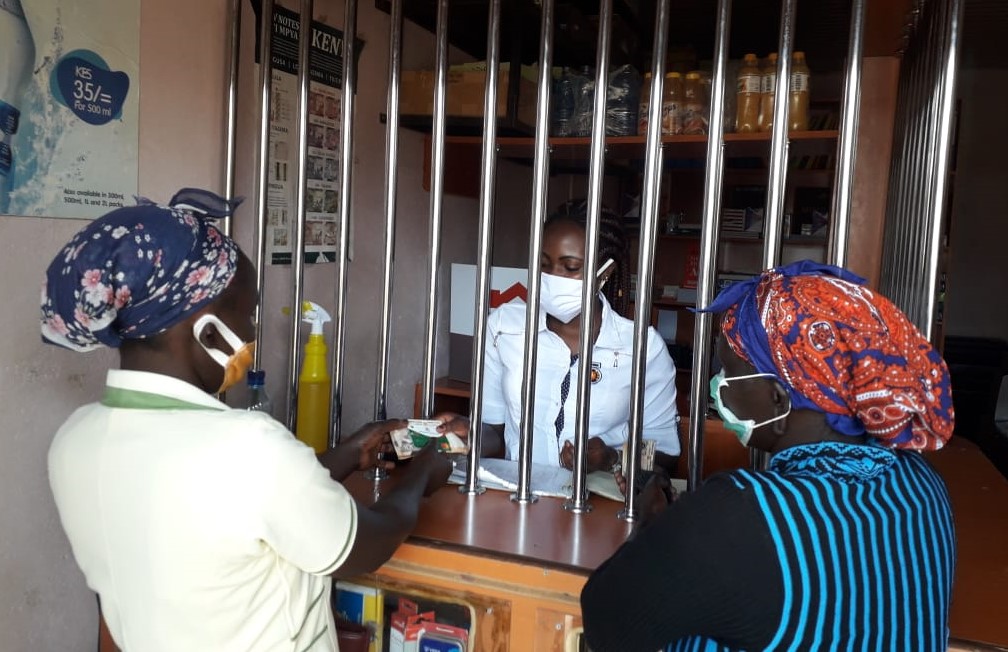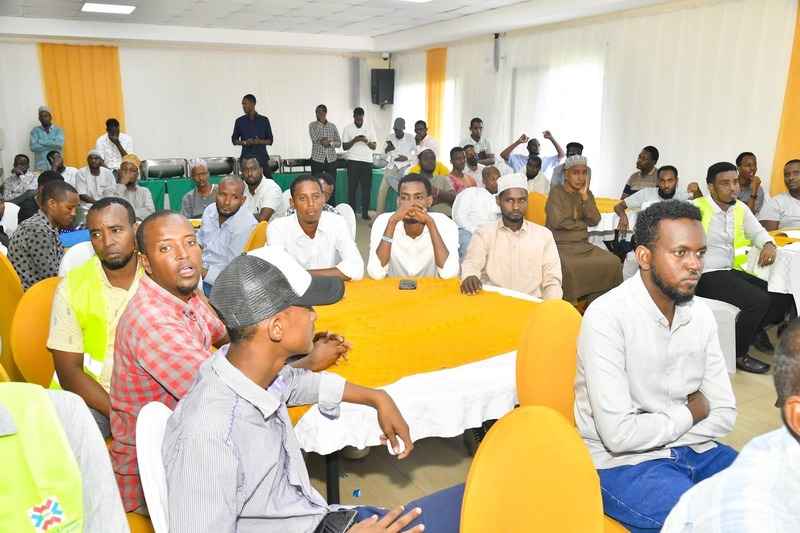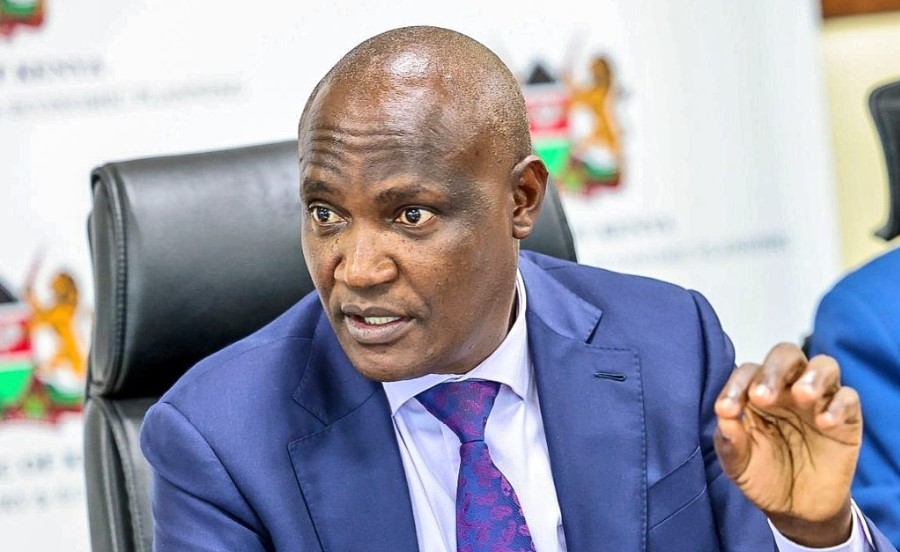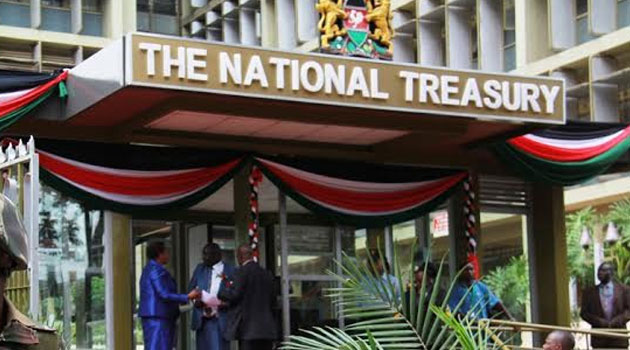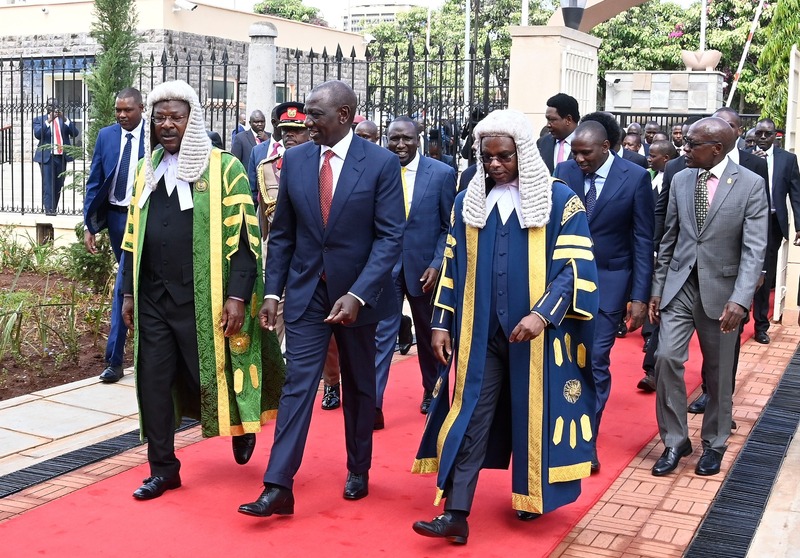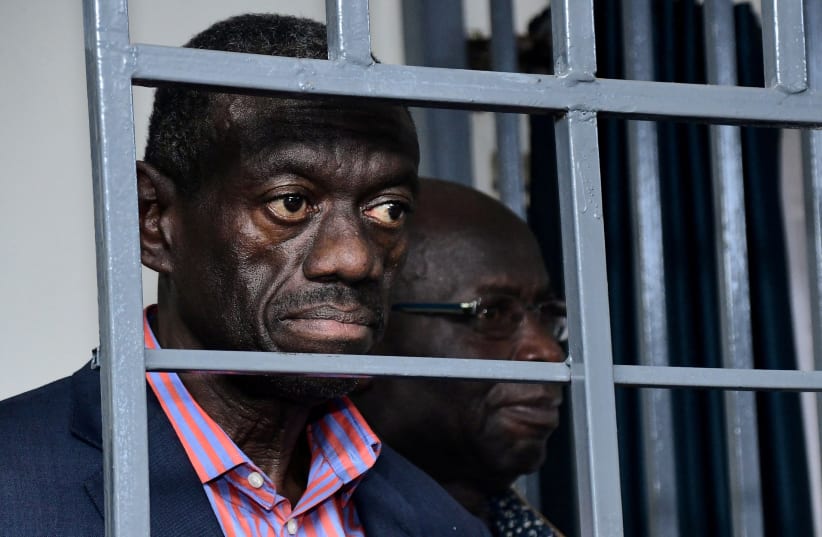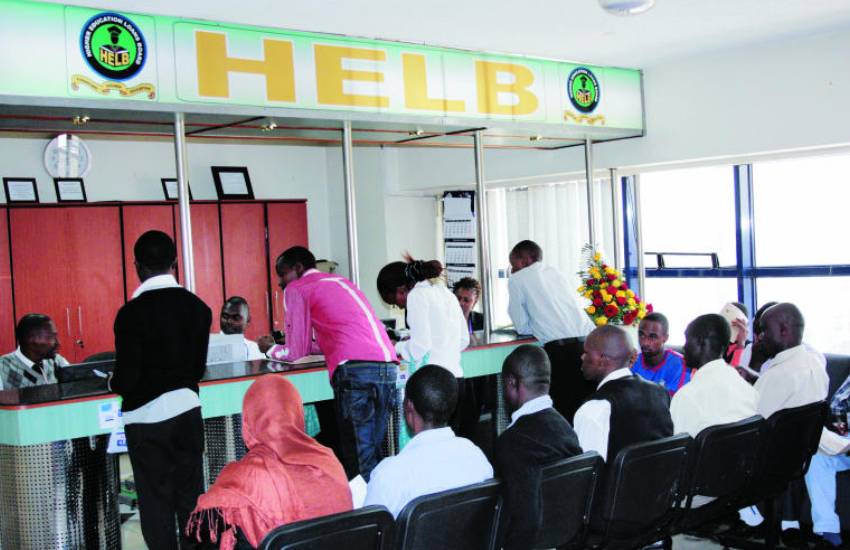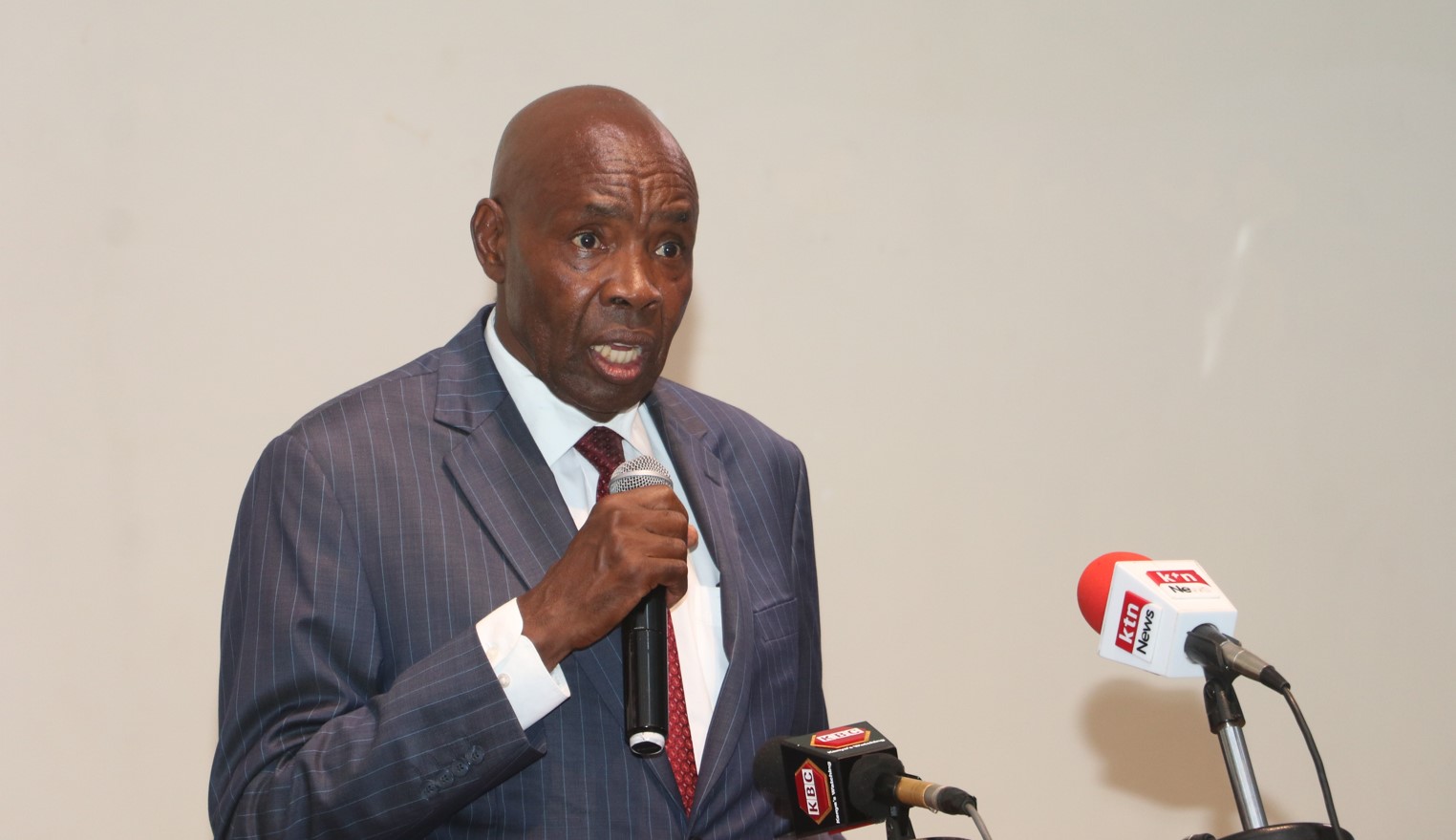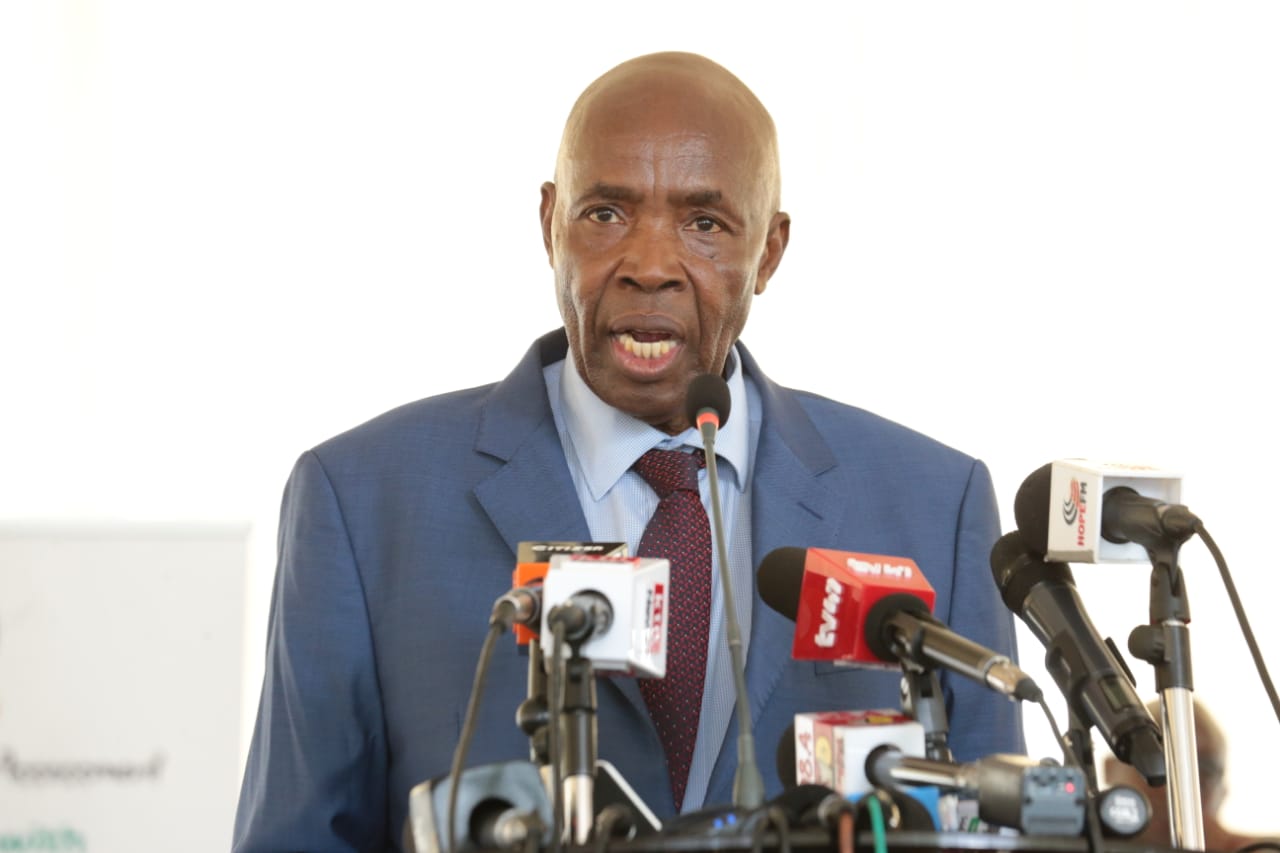Uncertainty for university students as HELB faces 10% budget cut
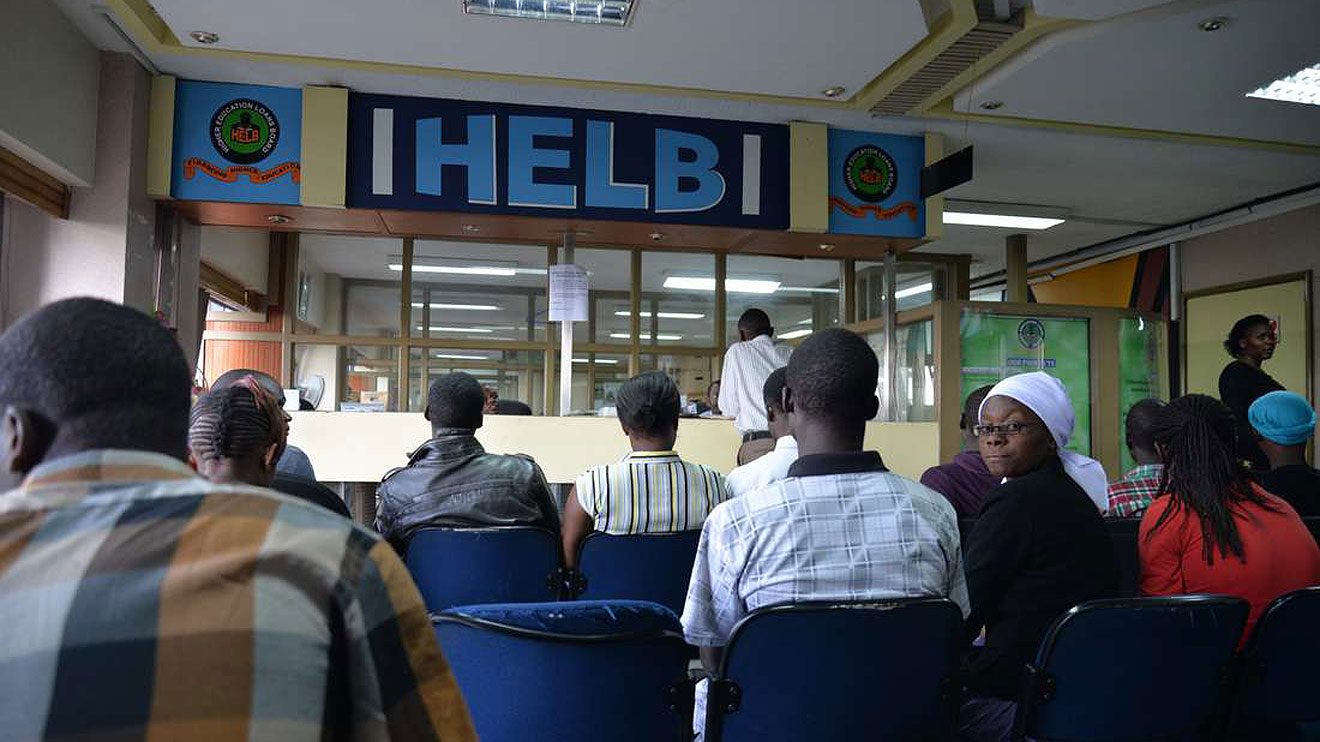
By Charity Kilei |
The National Treasury has proposed a reduction of Sh3.7 billion in the budget allocated to the Higher Education Loans Board (HELB) for the upcoming financial year, starting this July.
In a proposal submitted to members of parliament awaiting their approval, the Treasury wants to allocate Sh33.3 billion to HELB to support financially disadvantaged students in the 2024–2025 financial year. This represents a 10 per cent decrease from the initial Sh3.7 billion.
Keep reading
- Taxpayers lose billions to ghost students due to lack of tracking system
- Attorney General defends new university funding model as fair and effective
- Opinion: New varsity funding model could kill dreams of deserving students
- HELB announces opening of applications for 2024-2025 Master’s, PhD scholarships
Under the new model, students would receive a revised range of Sh37,000 to Sh47,000, as opposed to the previous range of between Sh35,000 and Sh60,000.
In the last financial year, approximately 140,000 students failed to receive Higher Education Loans Board (HELB) funds due to a budgetary reduction by the National Treasury.
HELB CEO Charles Ringera revealed that the National Treasury allocated Sh14.8 billion, falling short of the intended target of Sh20.5 billion. This shortfall, amounting to Sh5.7 billion, translates to reduced beneficiaries, as only 341,000 out of over 500,000 applicants were to receive funding.
Ringera mentioned the impact of rising defaulters, which has contributed to the financial strain on the education system.
“Over 107,000 graduates are behind on loan repayments, totaling approximately Sh8.7 billion, with repayment rates currently at 68 per cent. The board aims to raise this to 76 per cent by year-end,” said Ringera.
Acknowledging the financial constraints faced by universities nationwide, Ringera highlighted collaborative efforts with counties and corporate entities to address the crisis through resource mobilisation.
In 2019, the Higher Education Loans Board (HELB) planned to publicly disclose the names and photographs of loan defaulters to secure funding for needy students.
According to a statement then released by the board, beneficiaries who had defaulted on loans dating back to 1975 would have had their details published in newspapers. HELB noted that despite previous attempts to contact defaulters, some had not responded, impeding the support available for deserving Kenyan youth.
The publication of defaulters' information was scheduled to occur 30 days after the notice, with the possibility of legal action against each defaulter. However, HELB emphasised that it was open to engaging defaulters to address ways through which they could clear their loans.
As of June 2019, the total number of defaulting loan holders stood at 61,038, with outstanding amounts totalling Kshs. 6.1 billion. In comparison, June 2018 saw 61,700 defaulters holding Sh6.55 billion in outstanding loans.
Ringera, nonetheless, noted progress in loan repayments, with 215,778 beneficiaries clearing loans worth Sh21.5 billion by June 2019, an increase from 190,554 cleared loanees who had repaid Sh18.2 billion by June 2018.
If the new proposal passes, many needy students will miss out on the funding, and some may be forced to defer school. This scenario is especially concerning for students from communities greatly affected by floods, aggravated by the high cost of living and job losses since the COVID-19 pandemic.
Reader comments
Follow Us and Stay Connected!
We'd love for you to join our community and stay updated with our latest stories and updates. Follow us on our social media channels and be part of the conversation!
Let's stay connected and keep the dialogue going!

